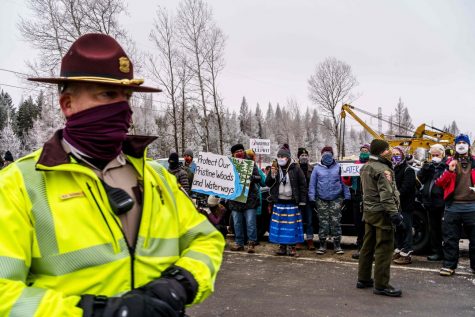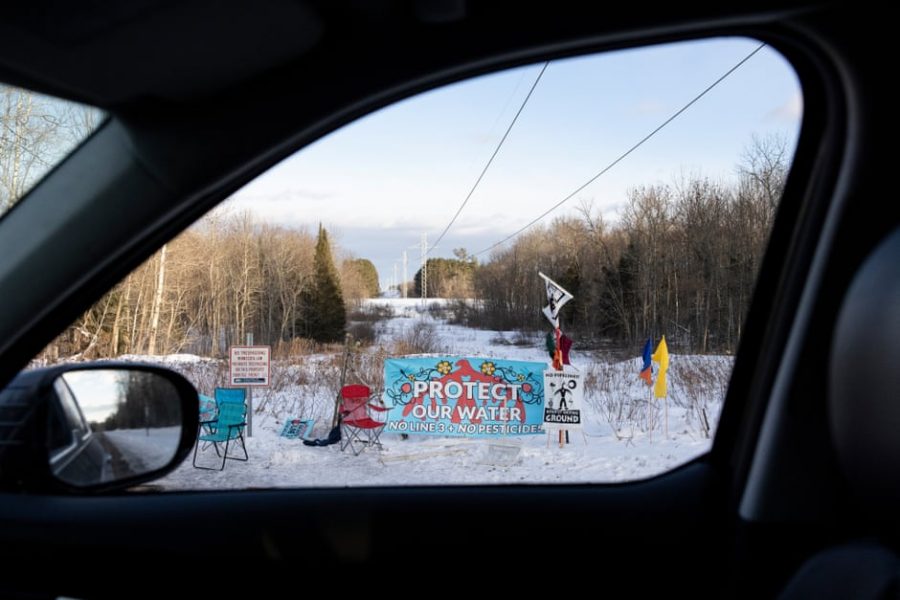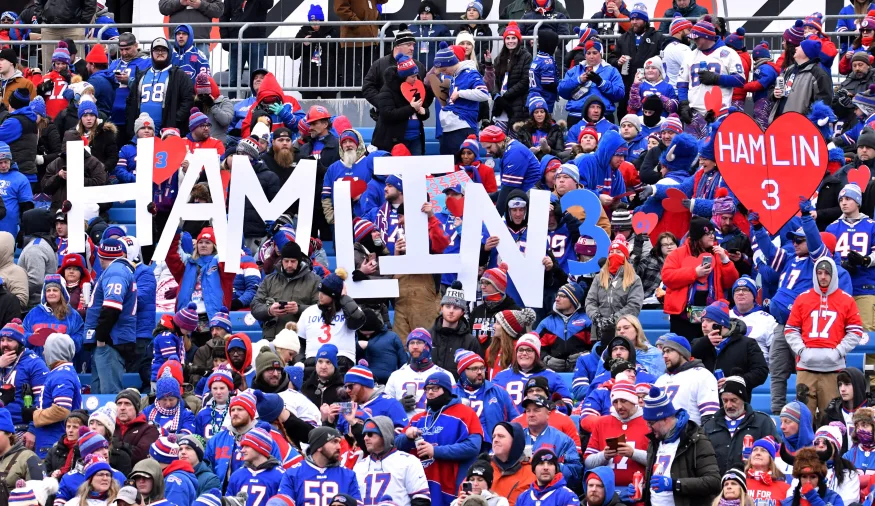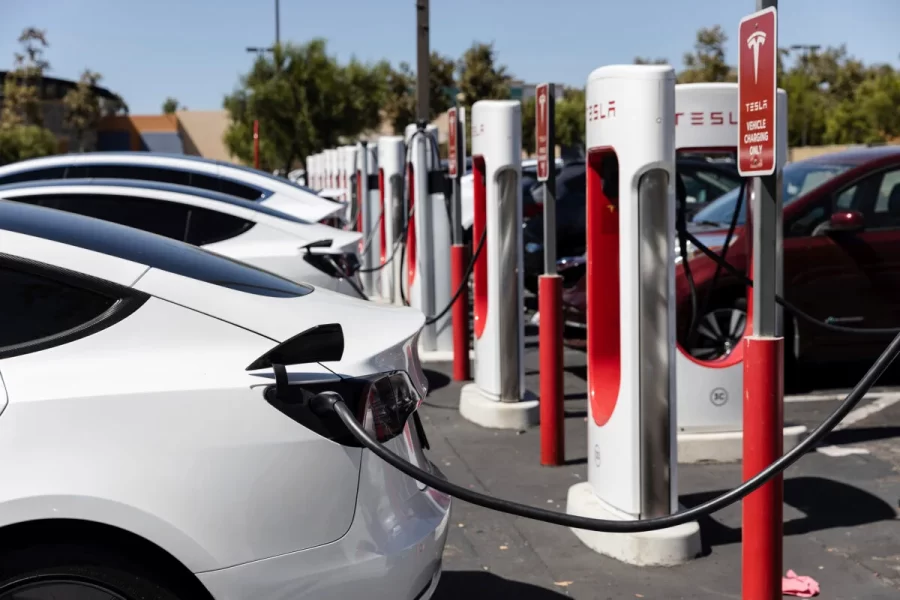On February 2nd, the Minnesota Court of Appeals denied a request from two Native American tribes to shut down the construction of the Line 3 pipeline in Northern Minnesota. This decision is the most recent in an ongoing struggle to halt the pipeline, which activists say will violate indigenious sovereignty and cause disastrous harm to the environment. Construction recently began, despite numerous lawsuits, protests, and expert concerns.
Though many people are familiar with the name Line 3, they lack knowledge of the story behind the issue. The pipeline currently in contention is not the first of its kind – it is a replacement for another pipeline, also called Line 3. The original Line 3 pipeline was built in the 1960s by Enbridge Energy to transport massive amounts of crude tar sands oil from Canada. Over the course of its existence, it has been responsible for the spilling of millions of gallons of oil, including the United States’ largest ever inland oil spill.
In 2013, Enbridge decided that creating a new Line 3 pipeline would minimize the disruption caused by the pipeline, and in 2014 filed an application with the Minnesota Public Utilities Commission (MPUC) for the project. As planning for the pipeline continued over the years, it met staunch opposition from environmental activists, Native Americans, and even the Minnesota Commerce Department, who said that the state was better off without a Line 3 replacement. Despite this opposition, plans for the pipeline continue to roll forward.
Opposition from tribal nations has been a significant roadblock for the new Line 3, which is planned to go through tribal lands and other areas protected under treaty. The state has not obtained the consent of affected Native American tribes and does not have jurisdiction over the Native American land upon which the pipeline would be built. Despite that, though, the state has sided with Enbridge a number of times in lawsuits and appeals against the pipeline. Joe Plummer, an attorney for the Red Lake Nation, said that the nation was “very disappointed that the Minnesota Courts place more weight on the employment of out-of-town pipeline workers than it does the irreparable harm that construction causes to our water, wild rice and forests.”
Linked to the opposition of Native tribes is the concern that the pipeline will cause irreparable harm to the environment. The previous Line 3 was notorious for its massive oil spills, and it is not unlikely that the replacement pipeline will cause similar damage. Just building the pipeline will cause incredible harm to ecosystems – Enbridge has received permits to move up to 636,900,000 gallons of water out of Minnesota lakes, rivers, and wetlands. Some of these areas are the most pristine lakes, wetlands, and wild rice beds in the state, all of which will doubtlessly lose that status if the pipeline is built.

There are numerous other causes for opposition to Line 3, including harm to wildlife, a lack of economic necessity considering the cost, and the fact that building new fossil fuel infrastructure in a time when the nation is beginning to transition to renewable energy is highly counterproductive. Though Minnesota officials have neglected to stop the pipeline, activists have continued to oppose its construction. Some have taken to physically hindering its progress, while others turn to President Joe Biden to put an end to the project. Ultimately, the decision rests on Americans, especially Minnesotans, and whether they are willing to sacrifice yet another piece of the earth for corporate profit.







